iPhone SE: Is the cheapest iPhone the best one?
We pitch the tech giant's newest handset against the 5S, the 5C, and the iPhone 6
06 April
When the first rumours for the iPhone SE began brewing, some suggested Apple could reveal a handset with a four-inch display, while updating the bottom of the range with a design echoing the style of the iPhone 6.
In the end, fans were disappointed. The SE, while a worthy hardware upgrade, looks almost identical to the iPhone 5S it replaces.
The Week
Escape your echo chamber. Get the facts behind the news, plus analysis from multiple perspectives.

Sign up for The Week's Free Newsletters
From our morning news briefing to a weekly Good News Newsletter, get the best of The Week delivered directly to your inbox.
From our morning news briefing to a weekly Good News Newsletter, get the best of The Week delivered directly to your inbox.
A solution may be at hand, though – a Chinese manufacturer has developed a four-inch iPhone 6S casing for the SE which can be assembled at home.[[{"type":"media","view_mode":"content_original","fid":"93186","attributes":{"class":"media-image"}}]]
Germany tech website Computer Bild got hold of the kit and created their own Frankenstein "iPhone 6 SE".
Carefully plucking the internals from the new iPhone SE and placing them into the iPhone 6S style backplate is a "tricky conversion", it says, but the end product is a four-inch iPhone which from a distance appears very similar to the current iPhone range-toppers.
Up close, however, things aren't so great.
A free daily email with the biggest news stories of the day – and the best features from TheWeek.com
The overall finish is nowhere near on par with an original iPhone 6S, says Computer Bild, which is not entirely surprising. The creators of the kit have "tried really hard", with faux Apple logos, model numbers and even the same antenna bands looping around the back of the handset, but "the connectors are not flush-mounted, the logos are just stickers, and the prominent camera cuts through the faux antenna lines", the site adds. Buttons are also "hard to press" and feel unnatural, although the phone is still suitable for daily use.
Overall, the website says you should "only attempt the conversion if you're a pro" - it took an "experienced engineer" two hours to complete the build.
The kit will void your warranty, too, so using it on a brand new iPhone SE isn't recommended. AppleInsider says it's a conversion best reserved for older, out-of-warranty iPhone 5 models.
iPhone SE: Opening weekend shows 'lacklustre' sale figures
6 April
Apple's new entry level smartphone has had a "lacklustre" first sales weekend, according to several analysts.
While Apple has chosen not to share any sales figures for the iPhone SE, a research note from Ming-Chi Kuo, an analyst at KGI Securities, obtained by MacRumors, says demand has been "significantly lower than that of past new models".
The product's poor start could be explained by it having "no significant upgrades to form factor or hardware specs", he adds, and questions a report by CNBC claiming that more than 3.4 million orders had been made in China.
MacRumors also picks up on analysis conducted by mobile analytics firm Localytics, which says the SE only managed to capture 0.1 per cent of the iPhone market on its debut, with far lower adoption figures than the iPhone 5S.
The site does point out that anecdotal evidence suggests the iPhone SE had a better weekend than analysts believe. According to Information Week, demand in India is thought to be high and while Kuo was dismissive of the Chinese sales figures, they could well have been decent, with Chinese traffic to Apple's website up 150 per cent on the day of the iPhone SE launch.
Meanwhile, on Apple forums, posters in Australia and the UK say it has been difficult to pick up the new smartphone and that it has sold out in many stores, says MacRumors.
The iPhone SE is the first of two iPhone launches this year, as sales of Apple's smartphone begin to peak, suggesting a drop in 2016 is likely regardless of how many handsets are introduced.
Making sense of the iPhone SE
28 March
Despite years of speculation that Apple was planning to launch a powerful four-inch smartphone to complement the larger-screened iPhone 6S and 6S Plus, technology analysts and consumers seem to have been taken by surprise by last week's launch of the iPhone SE.
"It is difficult to make sense of the iPhone SE," says the Daily Mail, which finds the new phone "odd in all sorts of interesting ways". For a start it seems like a step back from a company which is constantly emphasising its forward-looking credentials.
For seconds, says the paper, it's not clear how much demand there will be. It's "a great device for those who have small hands and can't stand anything bigger than the iPhone 5S. But the reality is that the number of such people is very small."
However, while Forbes acknowledges that the iPhone SE generated "far less excitement than previous iPhone launches", it says the new model makes good strategic sense for two reasons.
"The first is to keep the smartphone at the bottom rung of Apple's portfolio as both an attractive and sensibly priced device," the magazine says.
Apple Insider agrees. "In years past, buying Apple's low-end models has been something of a risky proposition," it says. "After all, you'd be investing $450-plus in a two-year-old phone." Now, the iPhone SE means even the cheapest iPhone seems like a sensible bet, and that may help to attract a new market to the Apple family.
The second reason is that Apple has standardised the hardware across its model range, which will simplify and reduce the cost of software updates for the next few years.
Given the rate of change and demands placed on hardware, relying on two-year old technology and keeping it going for another three years of software updates is tricky," says Forbes. "Apple has moved to ensure iOS compatibility is economically possible for the next few years."
"Even the branding of iPhone SE gives Apple some flexibility," says Apple Insider. "Without a number like 5 or 6 weighing over the head of the product, Apple can continue to present it to consumers as a capable, powerful handset, even after the anticipated launch of the iPhone 7 this fall."
iPhone SE reaction: Apple loses its innovative edge
26 March
The iPhone SE is a perfect good phone, says Walt Mossberg on The Verge. Its small, powerful, well built and perfect for people who want the latest – or at least last year's – technology in a more diminutive frame.
"But these latest iPhones and iPads don’t break much new technology ground.," he says. "They are derivative products — the iPhone SE is based on the iPhone 5 design first introduced in 2012. And its innards and features mostly, but don’t quite, match those of the current top mainstream model, the 6S, rolled out last year."
Apple used to be a company that excited its fans – and provoked baffled envy in rival phone-makers. Now, as Samsung has demonstrated with the S7 Edge, there's little to choose between them.
"Apple is boring now," says Quartz. The iPhone SE, and its other announcements last week, show that it's changed its product development strategy.
It "used to make one great phone", the website says. "Now Apple's innovations are just Apple products in every size and shape you can think of."
It may well make "good business sense to make a variety of versions for a variety of people", but it leaves Apple, like Disney, "locked in an unending cycle of sequels and spin-offs".
Last year's 6S and 6S Plus offered barely incremental changes. This autumn, Apple is almost certain to unveil the iPhone 7 and iPhone 7 Plus. "They better be spectacular," says Mossberg.
iPhone SE: Apple reveals a 6S hiding in 5S clothing
22 March
After weeks of speculation and rumours, Apple has finally confirmed news of a new iPhone set to buck the trend of bigger and bigger devices.
At the company's keynote in Cupertino, California, last night, the tech giant finally unveiled the iPhone SE – and it seems that most of the rumours surrounding it were highly accurate.
The device is an entry level handset aimed at iPhone customers who haven't upgraded to one of the larger 6 generation devices, as well as those looking to buy their first smartphone.
"Some people simply love smaller phones and the four-inch phone is often their first iPhone. Some people asked and pleaded with us," said vice president Greg Joswiak.
The iPhone SE plucks its design almost completely from the 5S it will replace, with the exact same dimensions and design cues. The only differences comes in the bevelled edges, which are no longer shiny and mirrored but flat matte instead, and colour options, with a rose gold now available.
But the most important aspect of the design is that four-inch display. Apple chief executive Tim Cook estimates that 60 per cent of customers who have used a smaller iPhone have not yet upgraded to one of the firm's newer handsets, meaning there's potentially a big market for the firm to tap into.
While the design mantra of the phone is consistent with some of Apple's older offerings, the hardware specs will provide iPhone 5S owners good reason to upgrade.
As suspected, the SE uses Apple's A9 chip mated to 2GB RAM, as well as a near field communications chip for ApplePay. There is also the 12-megapixel iSight camera setup plucked from the iPhone 6S.
As such, the SE has "double the processing power and four times the graphics performance of the iPhone 5S, as well as longer battery life", says The Guardian.
The camera means the new iPhone can record video in 4K, with users also enjoying on-the-fly video editing, the addition of the Live Photos feature for moving pictures, as well as FaceTime Retina Flash, which allows for better lighting when using the front-facing camera.
There is one key iPhone 6S feature missing though – the SE doesn't come with a pressure-sensitive 3D touch display, although Gizmodo says the omission isn't something iPhone 5S users will find a deal-breaker.
The SE will be in Apple stores on 31 March, with pre-orders beginning this Thursday. Prices will start from £359 for the 16GB model rising to £439 for the 64GB option – a price cut of £20 over the outgoing iPhone 5S.
-
 Political cartoons for December 17
Political cartoons for December 17Cartoons Wednesday's political cartoons include healthcare costs, the affordability hoax, giving up pencils, and more
-
 Trump vs. BBC: what’s at stake?
Trump vs. BBC: what’s at stake?The Explainer The US president has filed a $10 billion lawsuit over the editing of Panorama documentary, with the broadcaster vowing to defend itself
-
 Animal Farm: has Andy Serkis made a pig’s ear of Orwell?
Animal Farm: has Andy Serkis made a pig’s ear of Orwell?Talking Point Animated adaptation of classic dystopian novella is light on political allegory and heavy on lowbrow gags
-
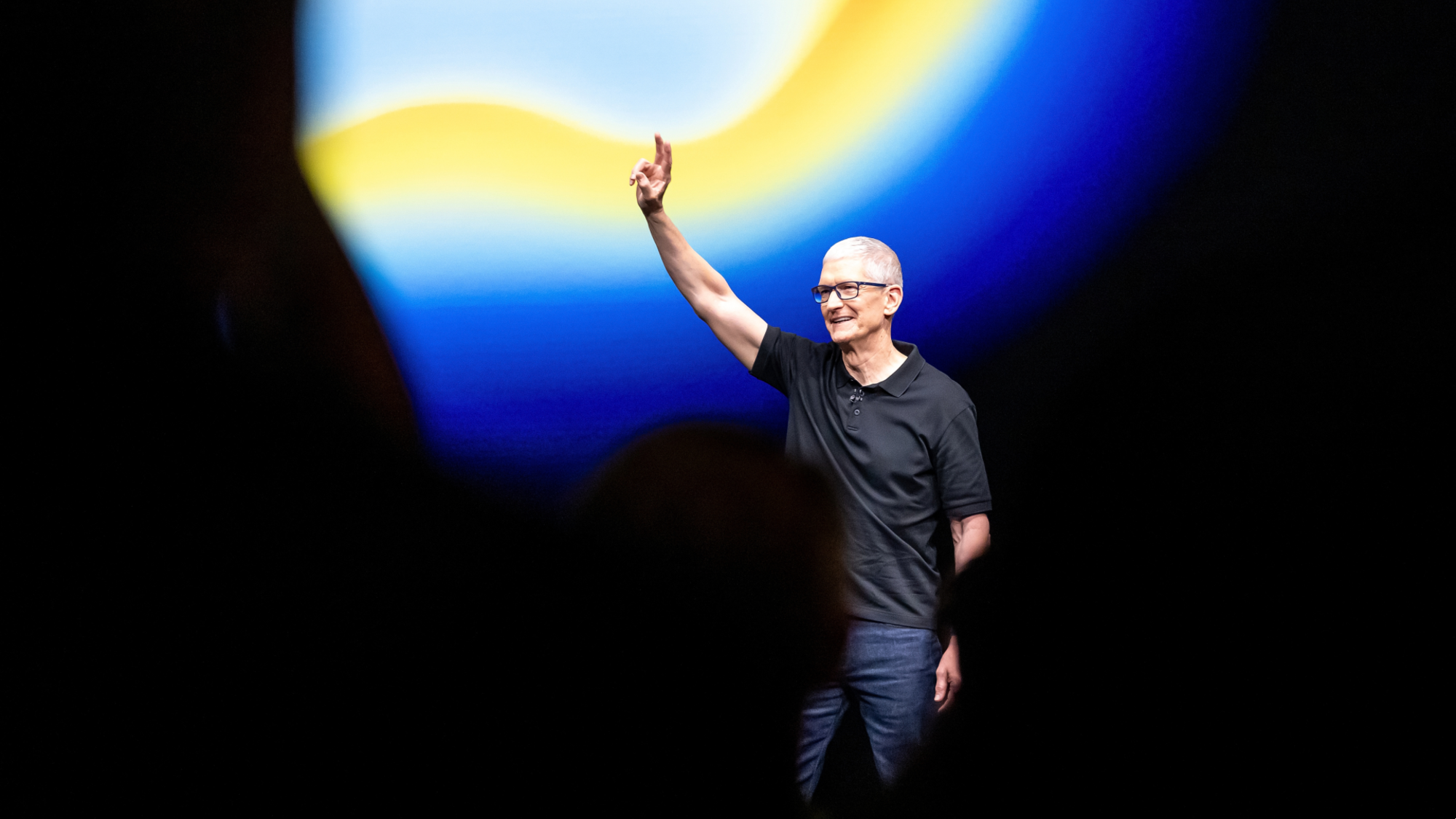 Is Apple’s Tim Cook about to retire?
Is Apple’s Tim Cook about to retire?Today's Big Question A departure could come early next year
-
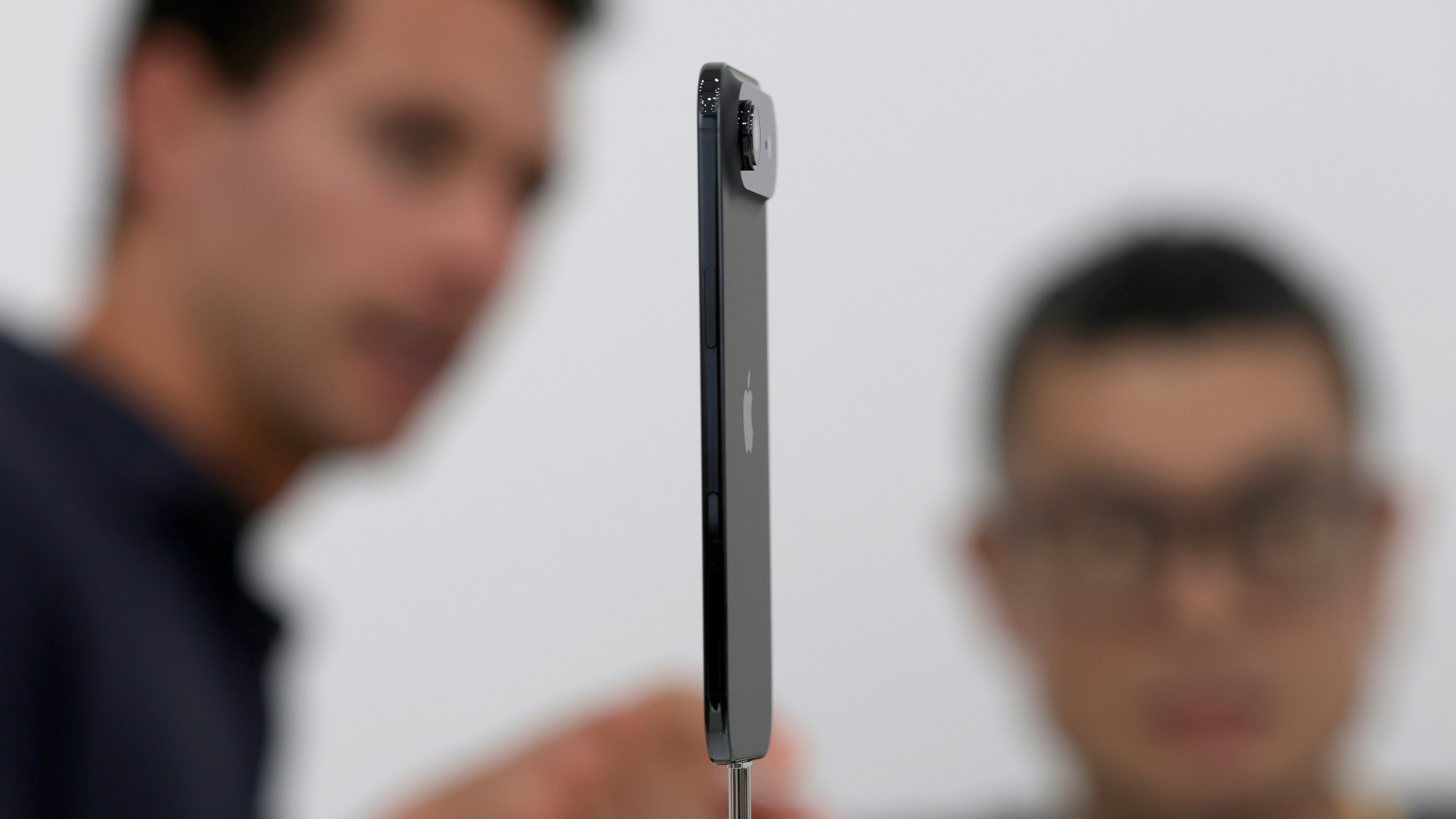 iPhone Air: Thinness comes at a high price
iPhone Air: Thinness comes at a high priceFeature Apple’s new iPhone is its thinnest yet but is it worth the higher price and weaker battery life?
-
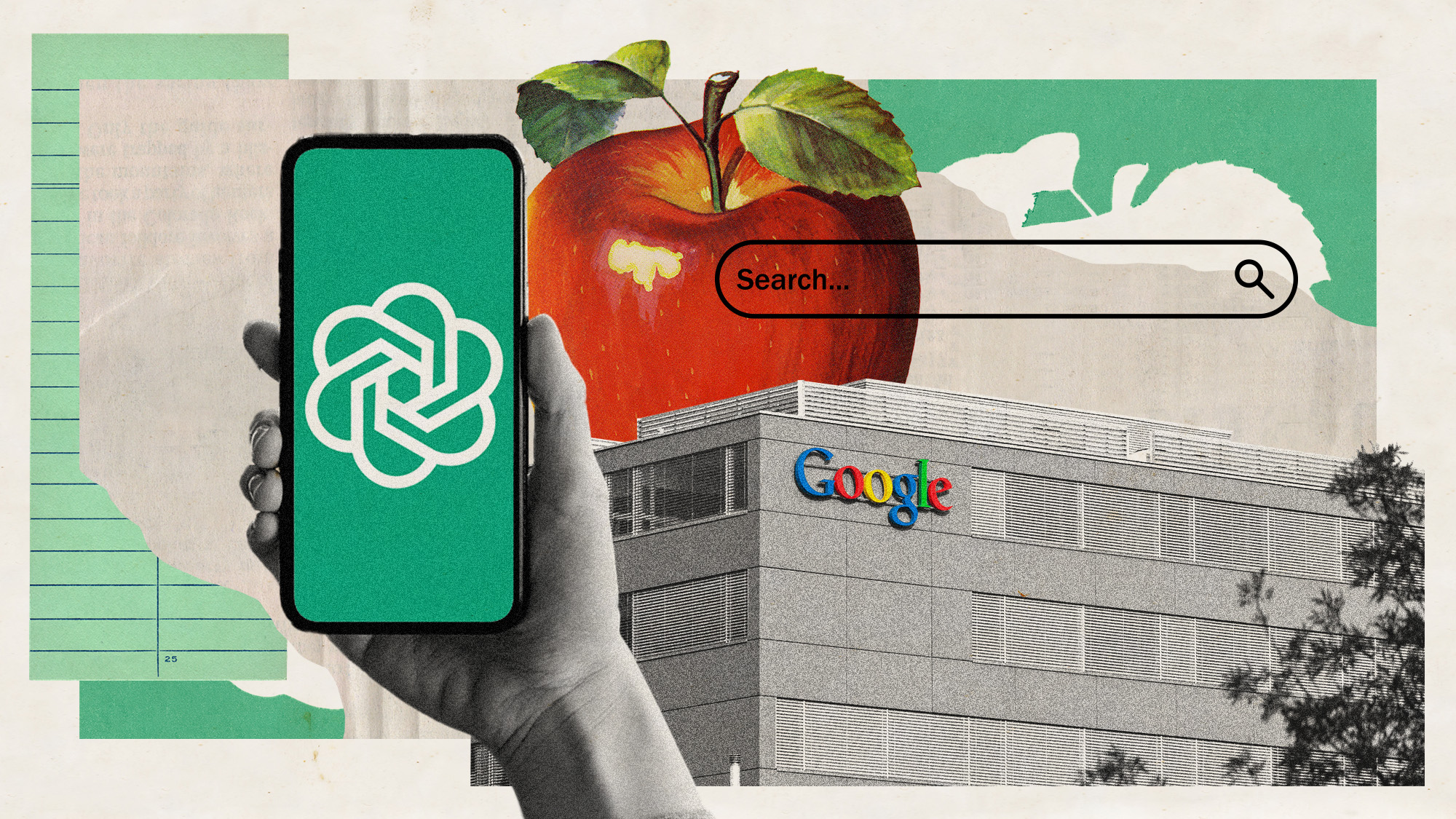 Is Apple breaking up with Google?
Is Apple breaking up with Google?Today's Big Question Google is the default search engine in the Safari browser. The emergence of artificial intelligence could change that.
-
 Why won't Apple make iPhones in America?
Why won't Apple make iPhones in America?Today's Big Question Trump offers a reprieve on tariffs, for now
-
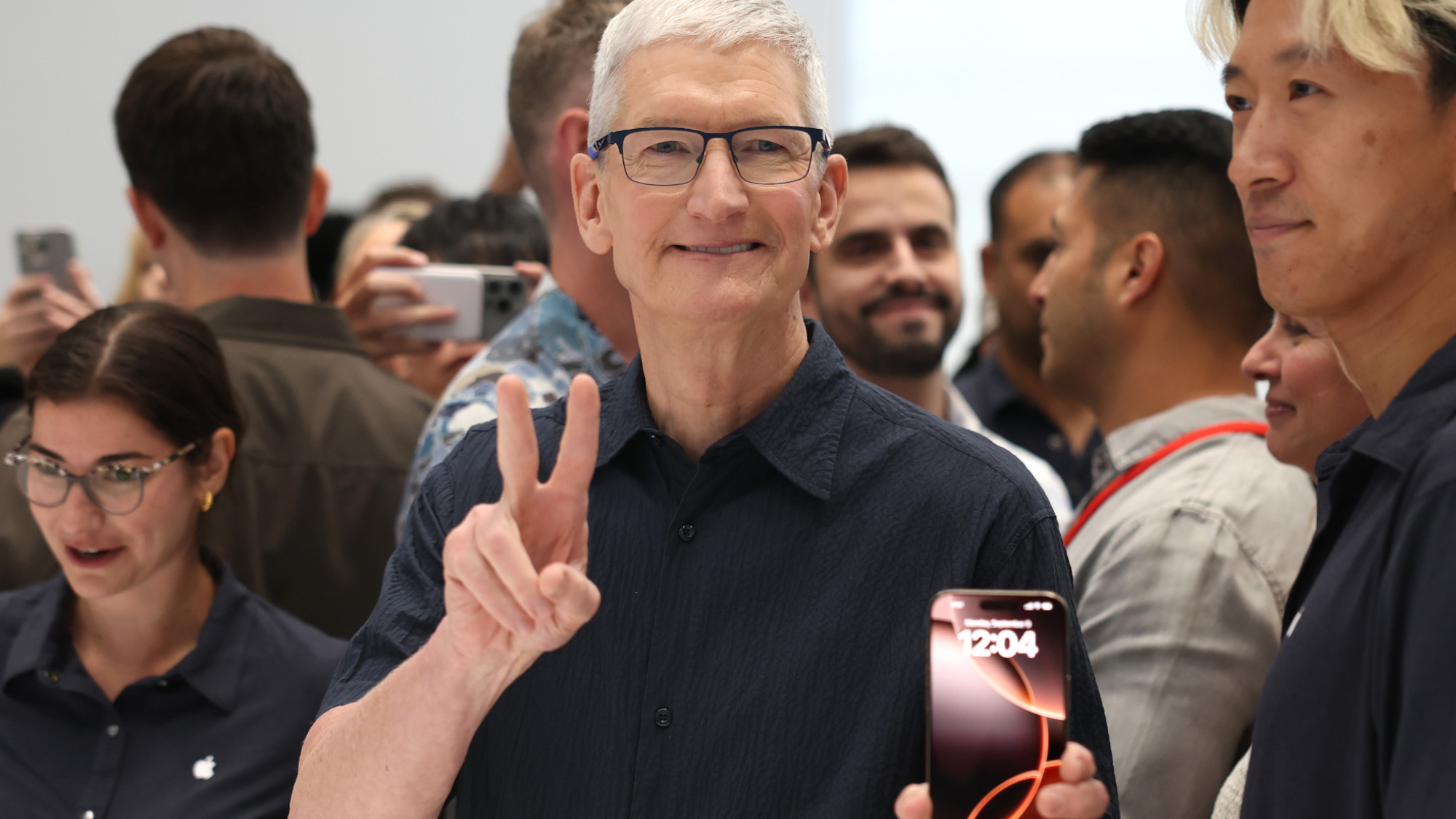 Not there yet: The frustrations of the pocket AI
Not there yet: The frustrations of the pocket AIFeature Apple rushes to roll out its ‘Apple Intelligence’ features but fails to deliver on promises
-
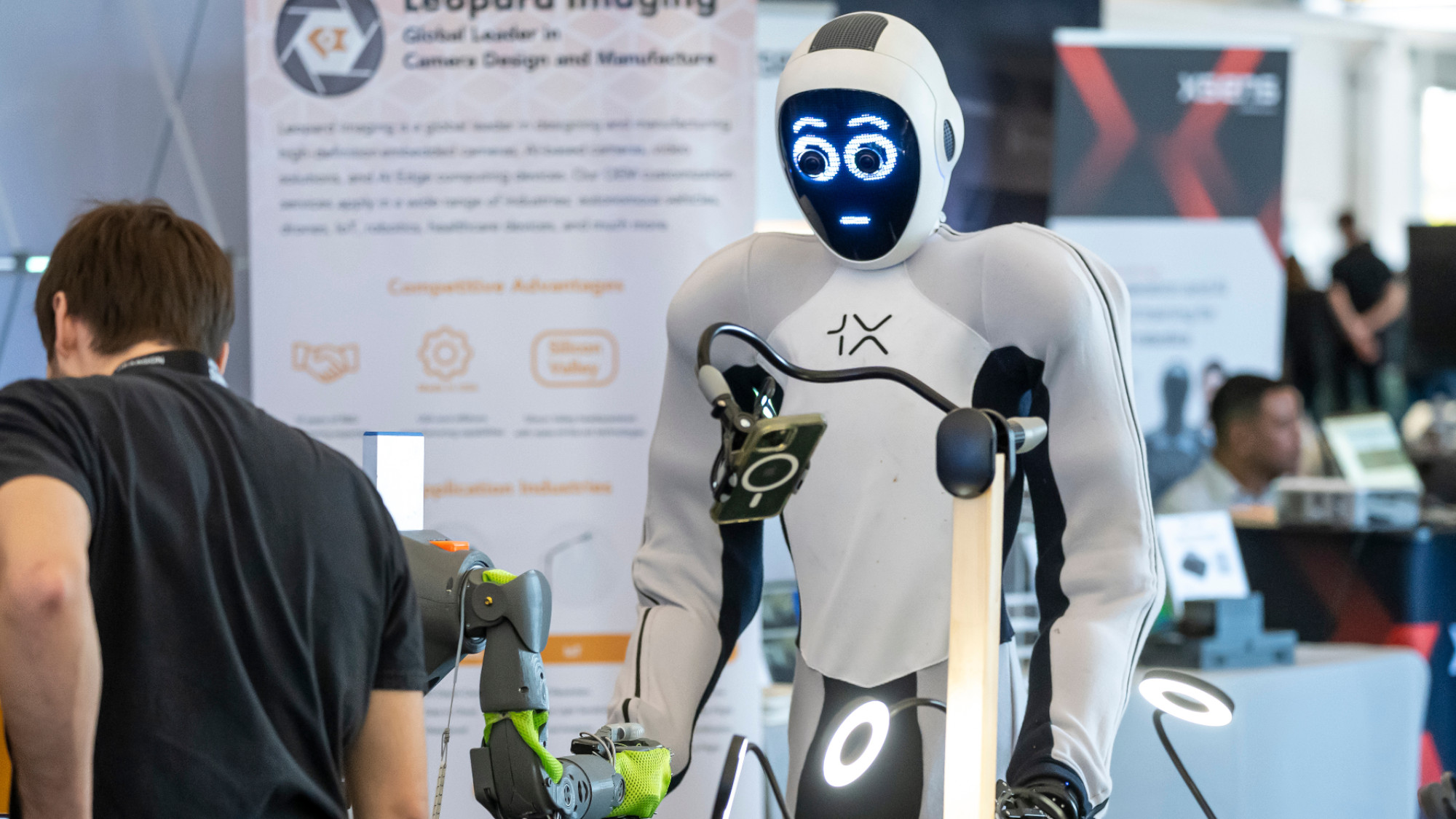 Space-age living: The race for robot servants
Space-age living: The race for robot servantsFeature Meta and Apple compete to bring humanoid robots to market
-
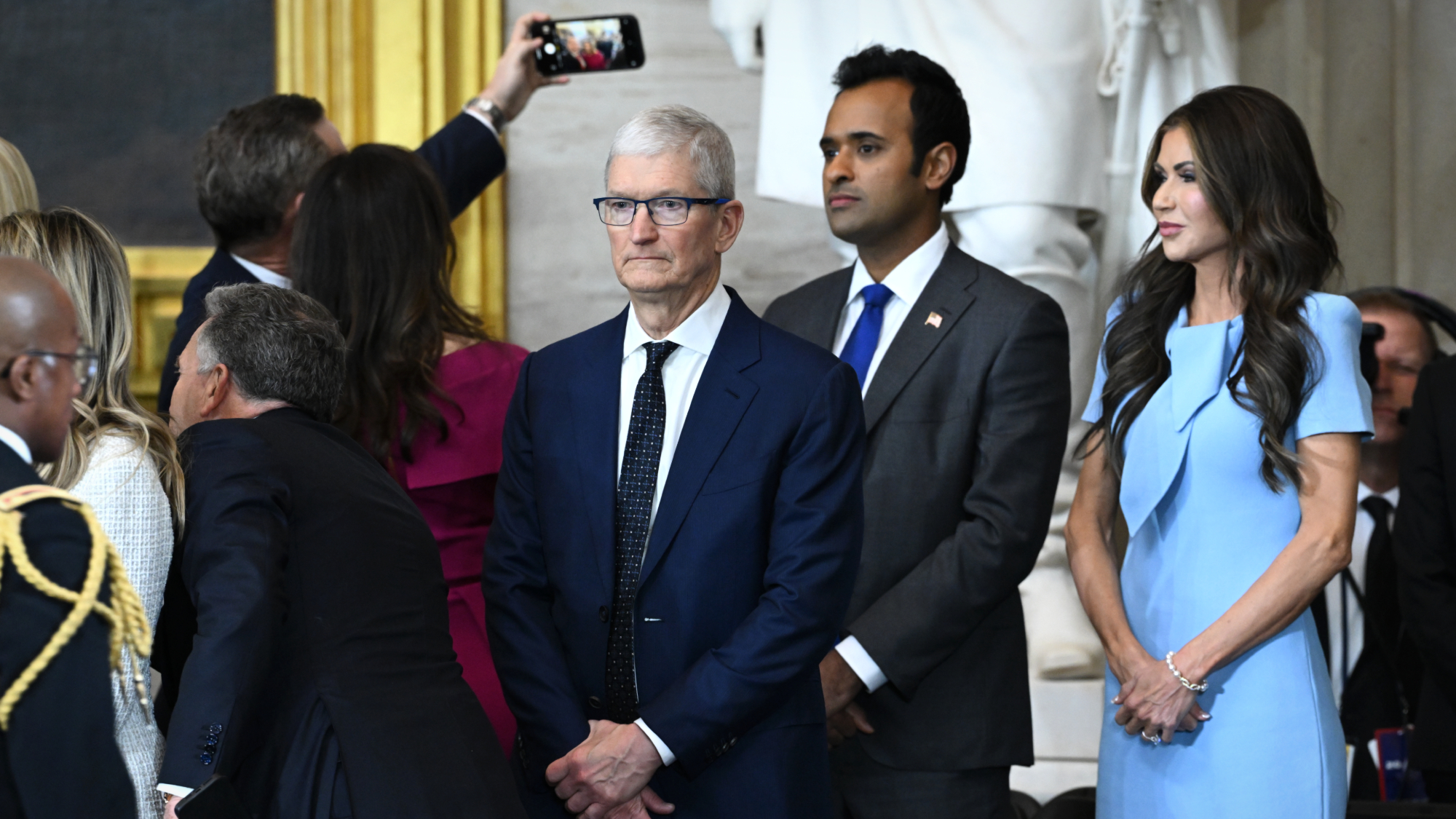 Apple pledges $500B in US spending over 4 years
Apple pledges $500B in US spending over 4 yearsSpeed Read This is a win for Trump, who has pushed to move manufacturing back to the US
-
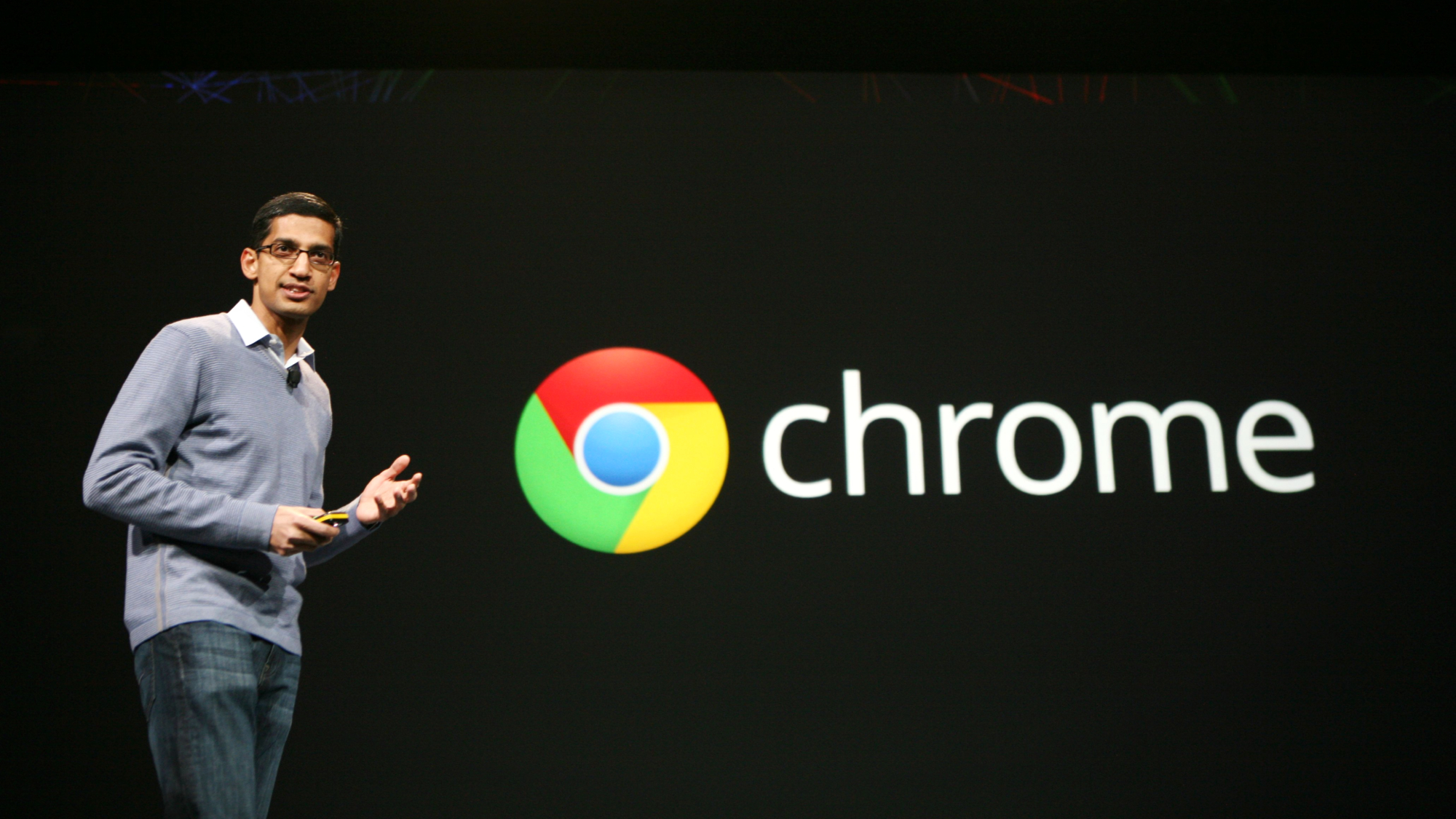 DOJ seeks breakup of Google, Chrome
DOJ seeks breakup of Google, ChromeSpeed Read The Justice Department aims to force Google to sell off Chrome and make other changes to rectify its illegal search monopoly